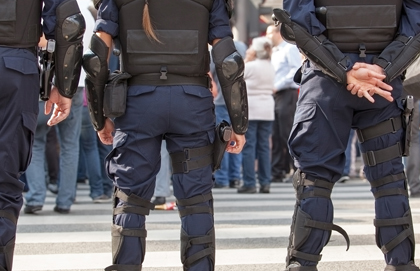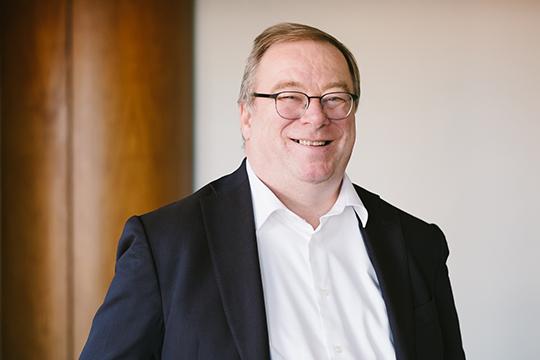Although I've done it a few times, carrying a placard in a public protest really isn't my thing.
That's not to say it isn't important or can't be effective. Washington, 1963. Gdansk, 1981. Tiananmen Square, 1989. Arab Spring, 2011. Mass people presence with chants and placards can make a difference and change history.
But this needs to be kept in perspective. The fact that some protests are effective doesn't make every protest effective. Almost every day in every community, one group or another is gathering with their placards and chants and, for the most part, they are ignored. Some advocate for causes that are fringe of mainstream conversations and protests are a way of getting attention for positions that advocates feel are being ignored. Others are organized by proponents of issues that are in mainstream debate and are designed to provide an outlet for expression and to exert political pressure.
Most achieve little.
But something more than a rational deconstruction of protest is required if we are to understand their place and impact.
In case you missed the story, hundreds of pro-Palestinian protestors gathered in Calgary last week to show solidarity with Palestinians in the current Middle East conflict. A small group of pro-Israel demonstrators stood across the street, holding pro-Israeli placards and flags. It would appear from news reports and video that some of the Palestinian supporters attacked the Israeli supporters, kicking and punching them to the ground, taking their flag and stomping on it. One man has a concussion, another a broken nose, and a young woman was punched in the face. It would appear that protestors on both sides assisted in stopping the violence instigated by a few, raising a significant local debate about the police presence (or lack thereof) at this event.
The incident and debate about protests and their efficacy illustrate how a healthy democracy requires two principles to simultaneously be held in tension. On the one hand, there needs to be an opportunity for genuine self-expression, also by those whose views may not be in the mainstream. On the other hand, democracy requires institutions, order and choices to be made on behalf of the group, even on issues where there is disagreement.
The right to protest is a recognition that individuals are free to have and express their own point of view, regardless whether that perspective is shared by their neighbours or is reflected in public policy. Leaving aside for this point the exception of hate speech or similarly proscribed opinions, the norm is that, in a democratic and free society, such expression is essential. The right to protest isn't explicit in our constitution but if freedom of speech, assembly and association are to have tangible meaning, certainly the right to protest must be protected.
But emphasizing freedom of speech—without a recognition that such freedom only exists when there are institutions and structures within which to express that freedom—misses the point. The freedom to protest was threatened last Friday afternoon, not simply by some thugs who used the protest to assault fellow-citizens, but by the institutions of civil society which failed to provide such protection. It is an alarming trend in recent years where those whose task is to uphold the law and protect citizens against lawbreakers, turn a blind eye to law-breaking in the context of protest. Of course, one must use prudence and judgement while enforcing the laws in situations where there is passion present. But when, in the name of democracy and keeping the peace, law enforcement officials turn a blind eye to the danger, injury, and property damage inflicted upon others during protests, they are in fact undermining the very democracy they supposedly protect.
When the rule of law becomes the rule of the mob, not only is moral authority lost but ironically, the freedom to express oneself—the very thing the protestors have gathered for—is being undermined in the long term. Without a respect for the structures within which our democracy is exercised, it is a hollow shadow of what it is meant to be.





